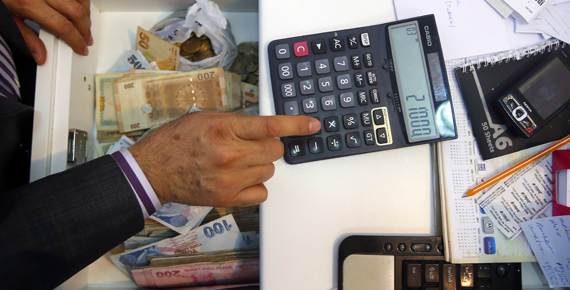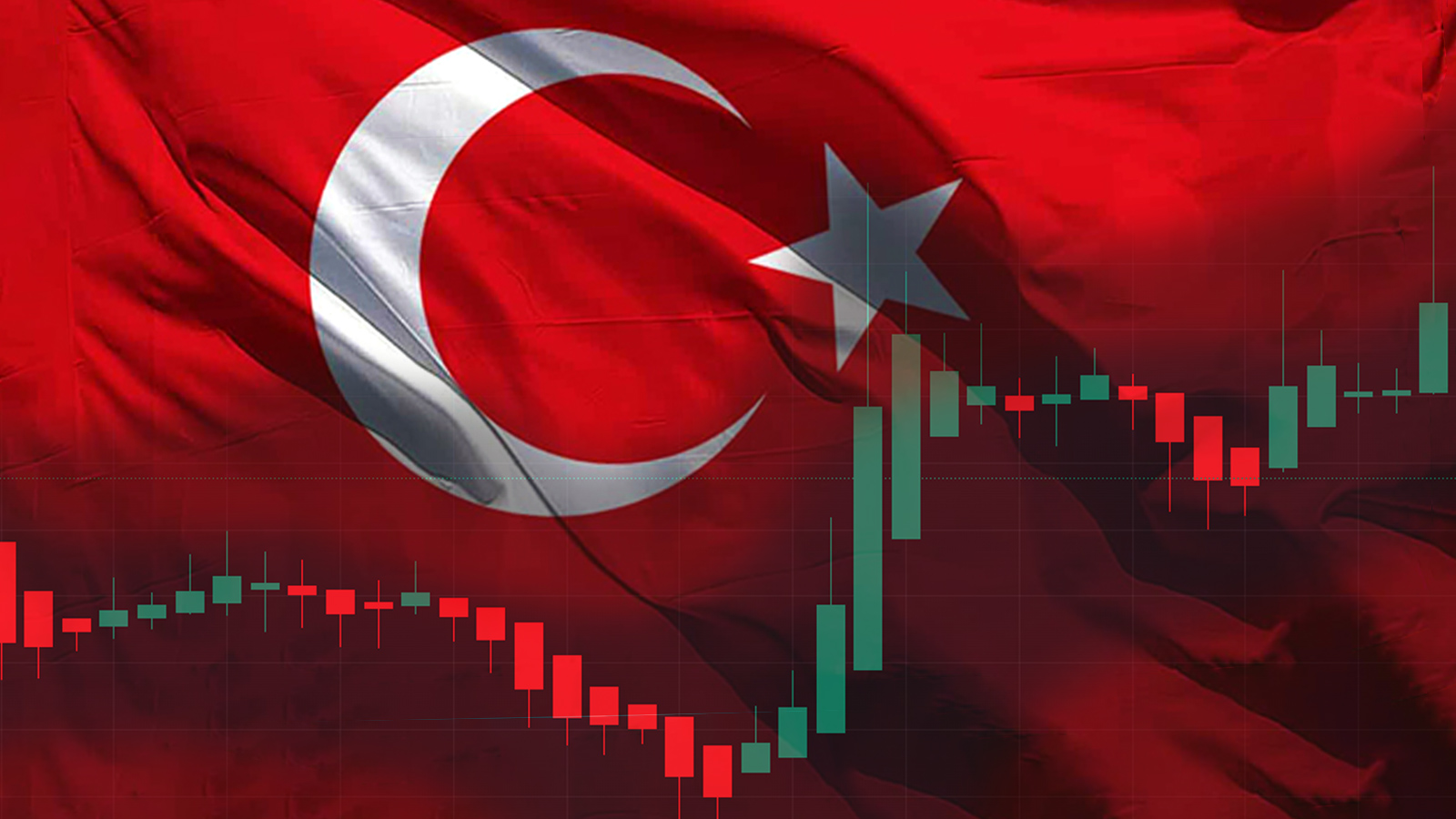The data gathered from the Turkish Statistical Institute indicate that the GDP experienced an increase of 1.6 percent in the third quarter of 2012 when compared to the same quarter in the previous year. This is down from a 3.4 percent increase in the first quarter and a 3 percent in the second quarter of 2012. The Turkish economy has been growing since the final quarter of 2009 owing to recovery of certain macro-economic variables, political and economic stability and economic growth potential, despite the brake put on economic growth by the global economic crisis and the high current account deficit in 2011.
EXPORT-BASED GROWTH
Domestic demand continued to shrink in the third quarter of 2012 as expected and exports continued to increase despite the weakening global growth outlook. Additionally, the real growth rate of items decreased due to shrinking domestic demand in 2012. The decline in the manufacturing industry contributed to an 11.1 percent contraction in private sector growth. Domestic demand decreased while net exports still contributed to economic growth.
Rising exports are still the main contributor to Turkey’s third quarter economic growth, similar to what occurred in the first and second quarters. During this quarter growth can be attributed to an increase in net exports. In other words, exports increased more than imports, thus greatly contributing to the economic growth. Exports in the third quarter of 2012 (July-September) increased 13.7 percent when compared to the same quarter in 2011 despite the Eurozone debt crisis. Exports were boosted in the Middle East and Africa to compensate for the decrease in exports to the Eurozone, and so the negative effects of the debt crisis were minimized in that way. As a result Turkey has fostered geographic diversity through both increasing its market share and providing a positive impetus for exports.
DECREASE IN THE CURRENT ACCOUNT DEFICIT
Due to the decrease in imports meant to reduce the current account deficit, economic growth slowed when compared to the previous year and the current account deficit has gradually decreased. Owing to various economic measures the current account deficit-to-GDP ratio fell to 6.7 percent in the January-September period when compared to previous year. The current account deficit-to-GDP ratio is expected to decrease to 7.3 at the end of 2012. The export/import coverage ratio—which was 54.7 percent during January-September 2011—increased to 64 percent as of January-September 2012 due to an increase in exports and decrease in imports. As a result, it is possible and likely that Turkey will see the envisaged current account deficit rate in 2012.
Given the 2.6 percent growth rate in the first nine months of 2012, the Turkish economy must grow at more than 4 percent in the last quarter to achieve the expected 3.2 percent growth rate in 2012. It is now obligatory for the Central Bank to cut the policy interest rates in order to record higher growth rates in the upcoming periods. The possible cuts in the policy interest rate will lead to a substantial decrease in credit interest and therefore domestic demand will contribute to the economic growth in the near future. Furthermore, the possible capital inflows due to the upgrade in Turkey’s investment rating may cause the Turkish lira to appreciate. During this period overvaluation of the Turkish lira must be avoided to sustain increased exports and maintain economic growth.
Translated by Gülgün Kozan Köse









